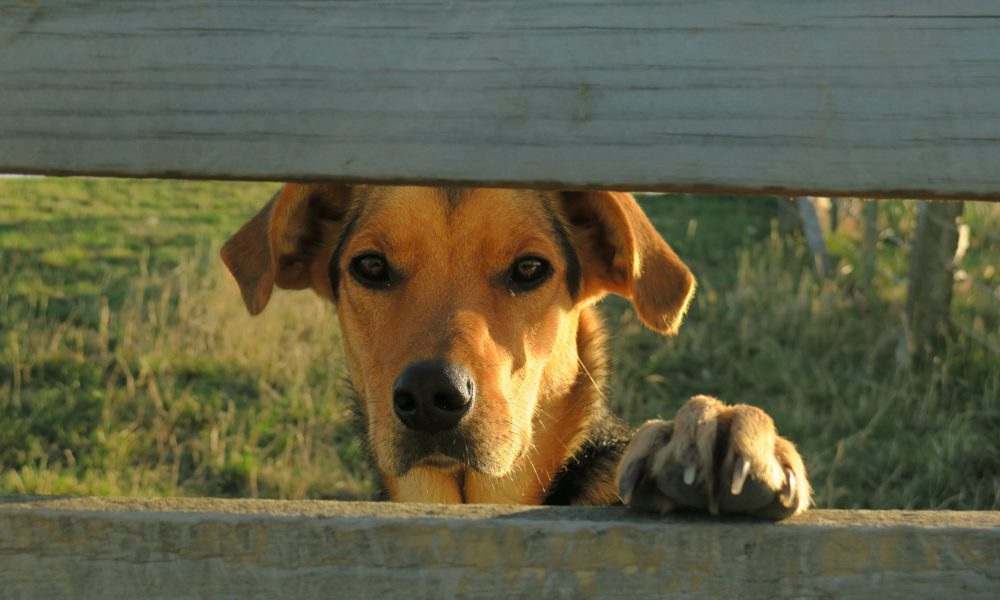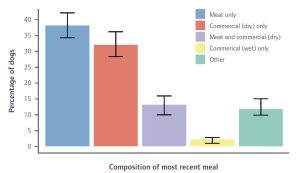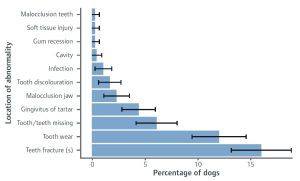
TeamMates specialist
During colder temperatures our farm working dogs require more calories than normal to maintain their bodyweight, especially inland and in high-country regions.
Ideally, choose high-quality, balanced working-dog foods which are formulated with higher fat and protein levels to maintain heat production, provide sustained energy and promote optimal tissue repair.
Of the 628 dogs in the TeamMate study (a Vetlife/Massey University-led, South Island-based, four-year study of farm working dogs), 38% were fed ‘meat only’ and 14% were fed a combination of ‘meat and commercial dry food’. When looking at abnormalities of the entire group of dogs, 16% had teeth fractures, 12% had significant tooth wear and 7% had tooth/teeth missing, suggesting that a diet including meat with bones could contribute to these abnormalities.
For larger dogs, it may be necessary to feed them two smaller meals per day to maintain their condition. While the causes or reasons why a dog develops GD/GDV (gastric dilation or ‘twisted stomach’) are mostly unknown, there are a few known risk factors, and it is widely recommended that smaller meals are a safer way to feed your dog than one large meal. If dogs are working, and you are splitting their meal into two portions, we suggest a very small amount in the morning, two hours before any activity, and the larger portion in the evening.
Providing some form of insulation, either in kennels or as a dog coat to protect against colder temperatures, can also help regulate body temperature and prevent excess movement while the dogs are trying to keep warm at night when the temperatures plummet, which also means they are not expending valuable reserves.
Nutritional tips for winter:

